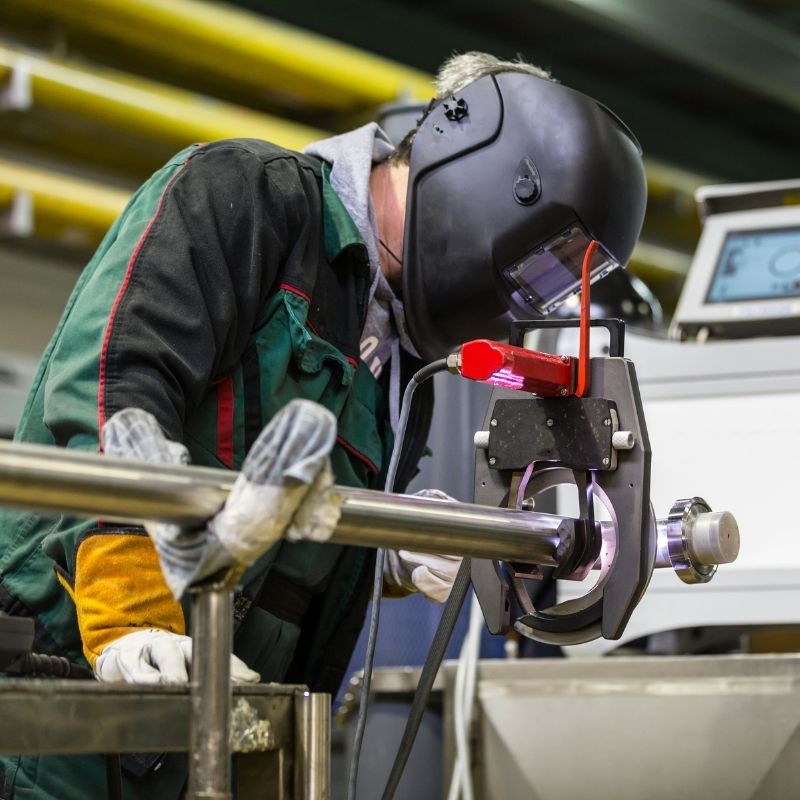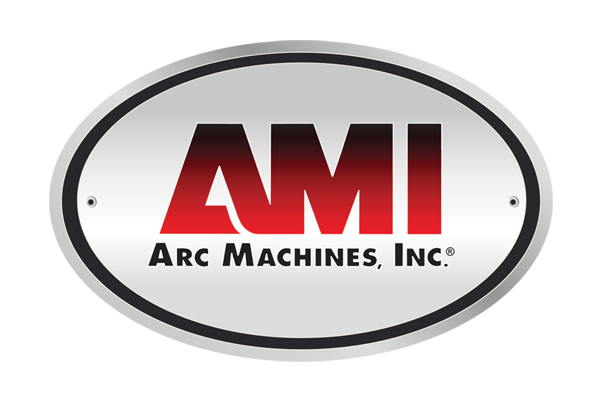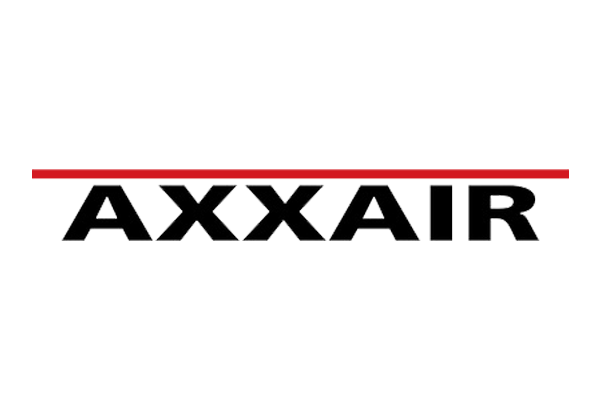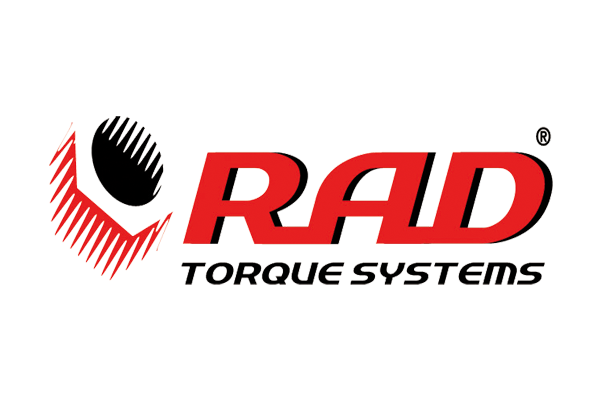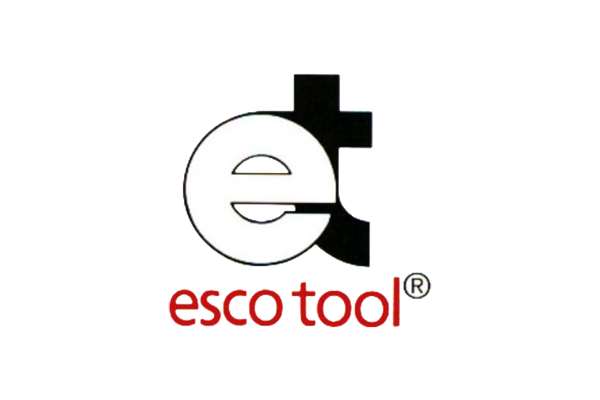Welding 101: What Is Tungsten Inert Gas Welding
Tungsten inert gas, otherwise referred to as TIG or gas tungsten arc welding (GTAW), is a form of welding to create and secure vital pieces of equipment in several industries.
A non-consumable tungsten electrode is used for TIG welding. TIG welding requires either argon or helium as a shielding gas for the non-consumable tungsten electrode.
TIG welding can connect components without filler metal, although TIG welders still use filler metal regularly. TIG welding is ideal for direct metal-to-metal welds because it produces cleaner, spatter-free welds that are typically defect-free.
TIG Welding Process
The tungsten electrode and arc make the TIG welding process work. TIG welding is ideal for producing strong welds because of the robust arc created by the electrode.
The creation of the arc is between the tungsten electrode and the work during the TIG welding process. TIG welding is ideal for producing high-quality welds because of the electrode’s powerful arc.
Using an orbital TIG welding machine demands extreme precision. The welder uses one hand to wield the torch and their free hand to insert a filler rod into the weld pool. TIG is distinct because the operator simultaneously controls the electrical current to the weld puddle through a foot pedal or other mechanism on the flame.
What Industries Rely on TIG Welding and Why
You cannot enact TIG welding without using tungsten electrodes, hence its name. The non-consumable tungsten electrode material has a high melting point and impressive conductivity.
You can alloy tungsten electrodes with various metals if it works with the weld. Temperatures can reach upwards of 6,000 degrees Fahrenheit, so you must always protect yourself.
Several industries use TIG welding, but here are a few of the most prominent:
- Motorsports
- Aerospace
- Bicycle and vehicle repairs
- Nuclear technology
- Pharmaceuticals
Pros and Cons of TIG Welding
TIG welding has its advantages and drawbacks, so let’s briefly discuss what you can expect if you use this welding method.
Pros
- Clean welds – If done correctly, there isn’t a spatter, minimizing any cleanup.
- Powerful and accurate – The high corrosion resistance allows for deeper welds, making them stronger.
- Multipurpose — While some may prefer using filler metals, it isn’t a necessity with TIG welding.
Cons
- Takes longer – Deposition rate indicates how much filler metal is in the weld joint. A lower deposition rate may require extra time to finish a project.
- Challenging –There is a learning curve to mastering TIG welding, so you must be up for the challenge.
- Costly – Since it may take longer and requires a gentle hand, costs can add up rapidly.
You should now have a better understanding of tungsten inert gas welding. SEC Industrial has a vast array of orbital TIG welding machines and a large inventory of other welding tools. Learn more about our selection by browsing our store, and our team will be more than happy to help you find what you need.
